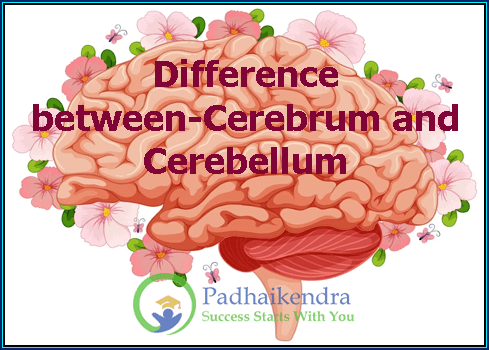The cerebrum and cerebellum are two major parts of the brain with different functions and structures.
The cerebrum is the largest part of the brain, located in the upper part of the skull, and it is divided into two hemispheres. The cerebrum is responsible for higher brain functions, including conscious thought, perception, emotion, memory, and voluntary movement. It is also involved in language, decision-making, problem-solving, and creativity. The cerebrum has a convoluted surface with folds and grooves called sulci and gyri, which increase its surface area and allow for more complex functions.
The cerebellum, on the other hand, is located under the cerebrum at the back of the skull. It is smaller than the cerebrum, but still has many more neurons than the entire rest of the brain combined. The cerebellum is responsible for coordination and balance, fine-tuning movement, and motor learning. It receives information from the sensory systems, spinal cord, and other parts of the brain, and uses this information to regulate and adjust movements. The cerebellum has a highly organized structure, with parallel rows of cells called Purkinje cells that are responsible for transmitting signals from the cerebellum to other parts of the brain and spinal cord.
In summary, the cerebrum is responsible for higher brain functions, including conscious thought, perception, emotion, memory, and voluntary movement, while the cerebellum is responsible for coordination and balance, fine-tuning movement, and motor learning. The cerebrum is larger and has a convoluted surface with sulci and gyri, while the cerebellum is smaller and has a highly organized structure with parallel rows of Purkinje cells.





